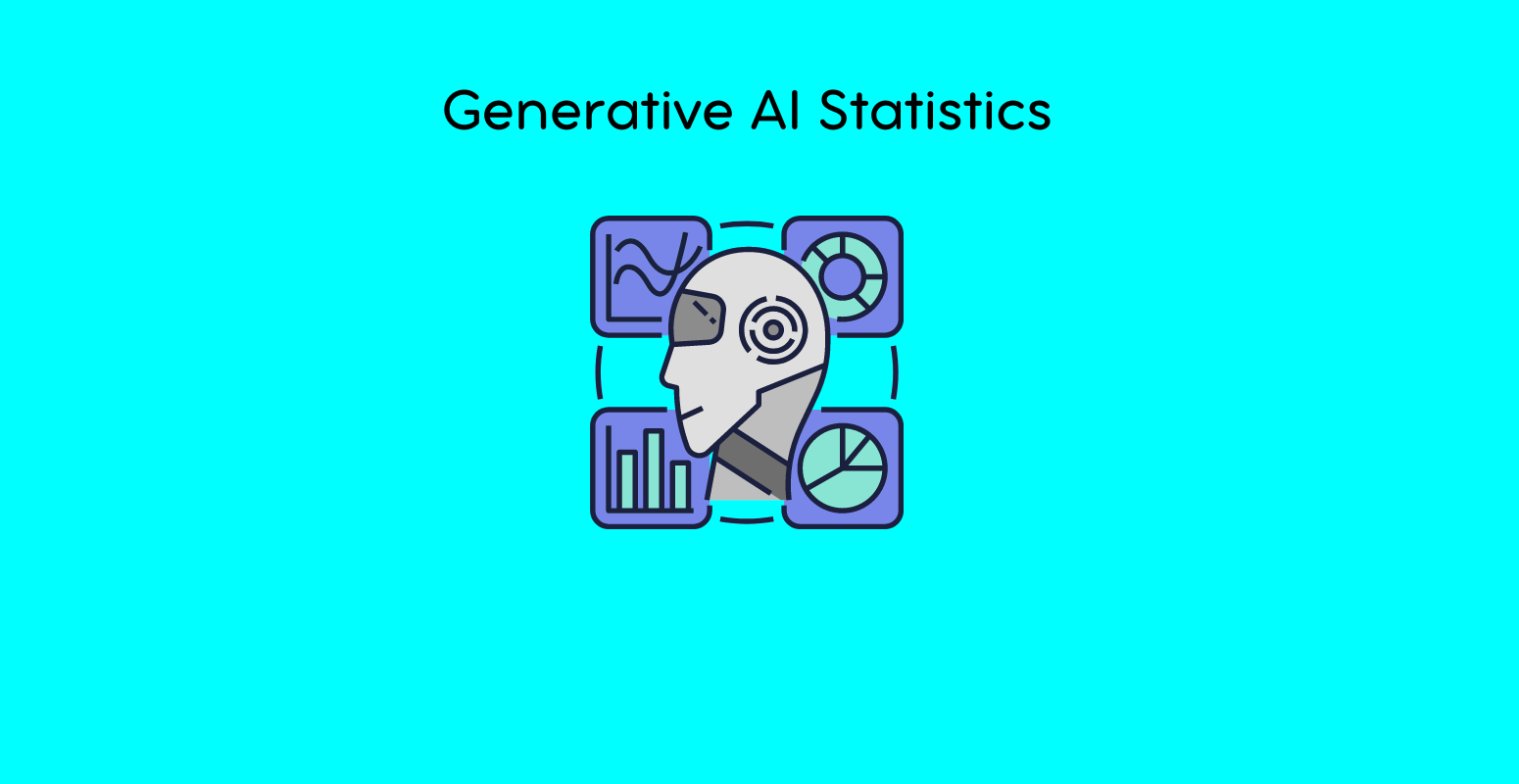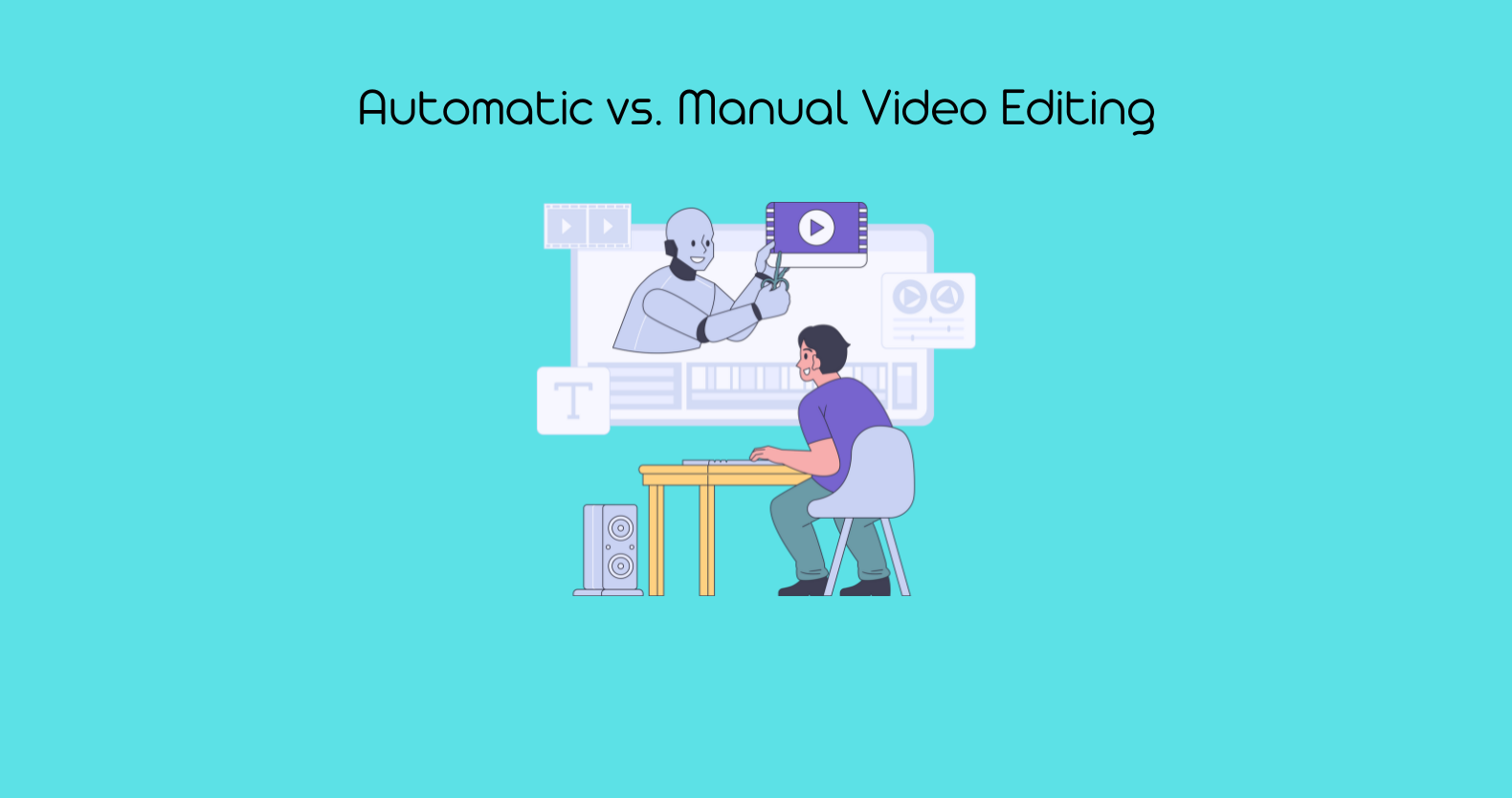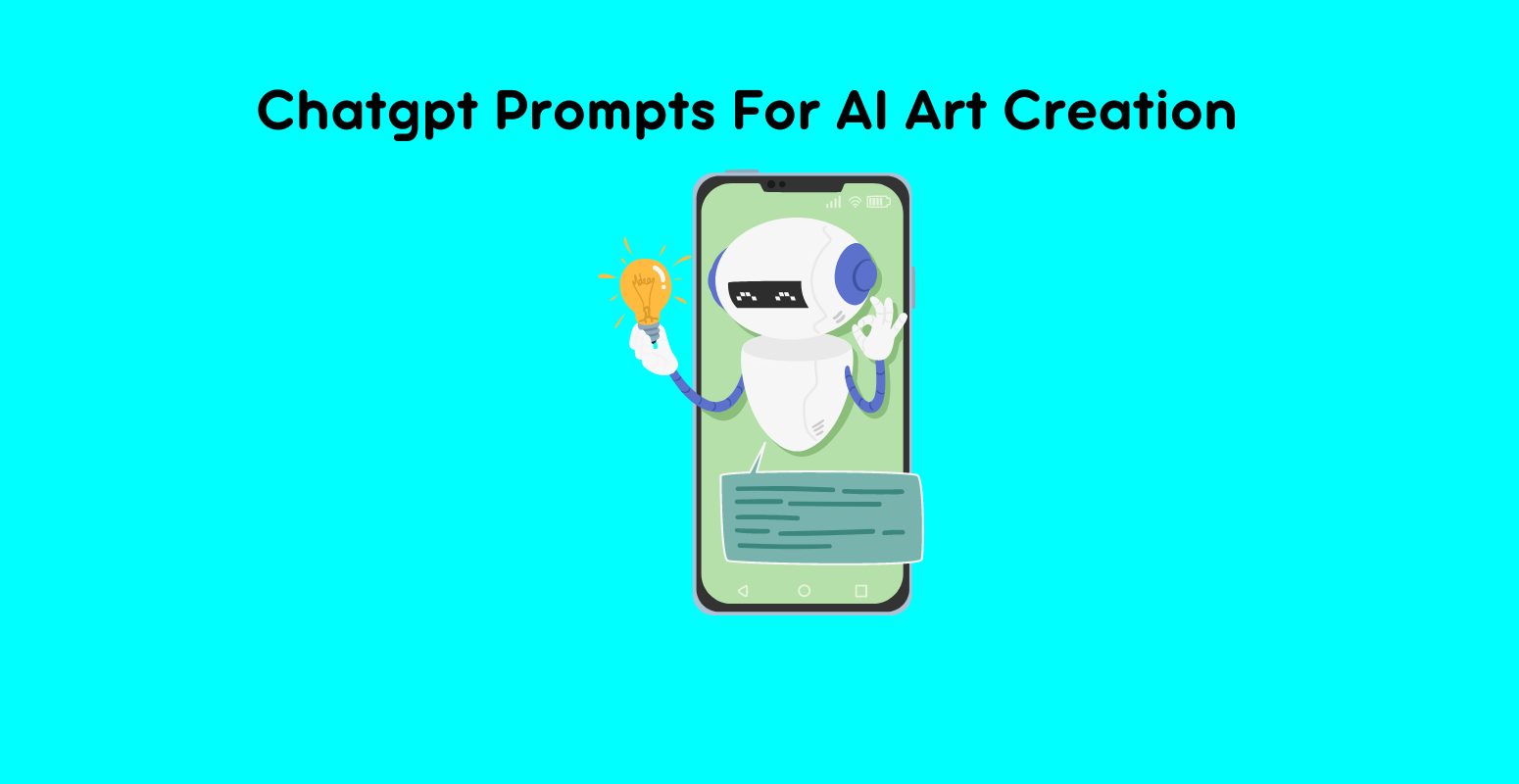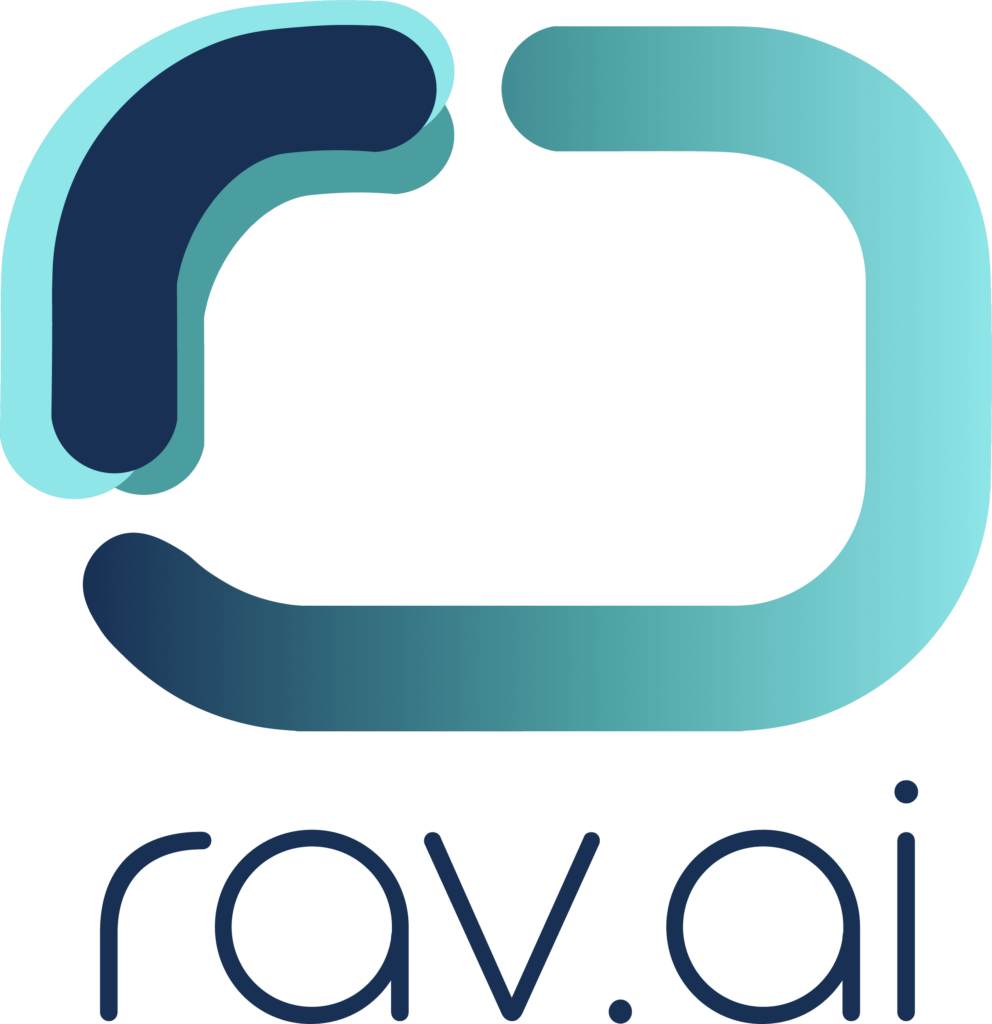Generative AI is transforming many industries, including healthcare, entertainment, and beyond. It creates new content, such as text, images, and music, changing how we work and play. This technology isn’t just a trend; it’s becoming a vital tool in many sectors.
This guide will explore the impact of generative AI through key statistics, offering insights into its current and future roles in different sectors.
We’ll dive into the numbers to understand how generative AI is shaping our world and what we can expect in the coming years. So, let’s begin!
10 Must-Know Stats of Generative AI Usage in 2024
1: Prominent Role in Organizations:
86 % of IT leaders expect generative AI to soon play a prominent role in their organizations. This statistic highlights the growing acceptance and integration of AI technologies within IT infrastructures, emphasizing their importance in future strategies.
2: Copyright Concerns Among Artists:
89.2% of artists believe that current copyright laws are inadequate in the age of generative AI. This comes from research by the job site Book An Artist, which found that the vast majority of artists it spoke to don’t think that current laws protect them from having their work exploited by generative AI.
3: AI-Generated Online Content
90 percent of online content could be generated by AI by the end of next year. This prediction underscores the rapid advancement and widespread adoption of AI in content creation, potentially transforming how digital content is produced and consumed.
4: AI in Marketing Departments
Generative AI is already being used by 73% of marketing departments. This statistic indicates a significant reliance on AI for creating marketing materials, personalizing campaigns, and analyzing consumer data to drive more effective marketing strategies.
5: Job Replacement Risks in the US
Nearly 10% of US jobs could be at high risk of replacement by generative AI. In July 2022, the Bureau of Labor Statistics published an extensive report on the widespread fears that generative AI will decimate the American job market. It found that just under 10% of all jobs could be at risk of automation by 2029, a slight increase from 9.3% in 2019.
6: AI Tackling Labor Shortages
25% of companies are using AI to tackle labor shortages. In 2022, IBM commissioned a study of 7,502 businesses around the world. Respondents explained that automating repetitive tasks helped them deal with labor shortages.
7: Job Creation by AI
AI may create as many as 97 million jobs by 2025. It’s not all gloom for workers. While AI might replace 85 million jobs, this could create 97 million jobs by 2025, indicating a net positive impact on employment through the creation of new roles and industries.
8: Increased Productivity with AI
Programmers using generative AI are 88% more productive. By studying the use of CoPilot, an AI coding assistant, Github determined that programmers were far more efficient when using generative AI, showcasing the significant productivity boost provided by AI tools.
9: Gender Disparity in AI Usage
Men are 2x as likely as women to use GenAI. One study found that men typically use generative AI tools more than women. ChatGPT, the world’s most popular GenAI platform, had an average of 1.5 billion monthly visits in 2023, highlighting the gender gap in AI tool usage.
10: Regulation Concerns Among Women
The majority of women feel it’s impossible to regulate generative AI. About 44% of women feel it’s impossible to regulate AI, reflecting concerns about the challenges in governing the rapid development and deployment of AI technologies.
The Future of Generative AI
Generative AI is evolving at an astonishing pace, and its future looks promising and transformative. In this section, we will explore how AI will likely shape the future, from becoming an indispensable assistant to revolutionizing various industries.
1: It Is Here to Stay
Generative AI has firmly established itself across numerous fields, and its presence will only grow. AI technologies are becoming more advanced, integrated, and essential for both businesses and daily life.
From generating creative content to automating complex tasks, AI’s capabilities are expanding, making it an indispensable tool in modern society. Its ability to learn and adapt ensures that generative AI will continue to evolve, meeting new challenges and opportunities as they arise.
2: It Is Your Next Assistant
In the future, generative AI will act as a personal assistant for many people. This AI will handle routine tasks, manage schedules, and even offer personalized advice.
For instance, AI could write emails, plan meetings, and suggest efficient workflows, allowing individuals to focus on more critical aspects of their work.
This shift will increase productivity and enhance the quality of both professional and personal life, making AI an essential partner in everyday activities.
3: It Has Revolutionized Various Industries
Generative AI has already made significant impacts across numerous sectors, including healthcare, finance, entertainment, and marketing. In healthcare, AI assists in diagnosing diseases and developing personalized treatment plans. In finance, AI algorithms predict market trends and manage investments.
The entertainment industry benefits from AI-generated content and personalized recommendations. Marketing departments use AI to create targeted campaigns and analyze consumer behavior. As AI continues to advance, its transformative effects on these and other industries will deepen, driving innovation and efficiency.
4: Enhanced Creativity and Innovation
Generative AI will foster creativity and innovation in unprecedented ways. By automating repetitive tasks, AI frees up human creativity for more complex and original endeavors. Artists, writers, and designers can collaborate with AI to explore new artistic styles and generate innovative content.
In scientific research, AI can simulate experiments and suggest novel hypotheses, accelerating the pace of discovery. This symbiosis between human creativity and AI’s computational power will lead to breakthroughs in art, science, and technology.
5: Ethical and Responsible AI Development
As generative AI becomes more integrated into society, the focus on ethical and responsible AI development will intensify. There will be a greater emphasis on ensuring AI systems are fair, transparent, and accountable.
Researchers and policymakers will work together to create guidelines and regulations that protect privacy and prevent bias.
The development of AI will prioritize human values, aiming to enhance society while mitigating potential risks. This ethical framework will ensure that the benefits of AI are widely shared and that its deployment respects human rights and dignity.
Final Thoughts
Generative AI is rapidly transforming various industries, offering both opportunities and challenges. From enhancing productivity and tackling labor shortages to raising concerns about job displacement and copyright issues, AI’s impact is profound and multifaceted.
Understanding these statistics helps us grasp the extent of AI’s integration into our lives and the future landscape of work and creativity. As we navigate this evolving field, staying informed and adaptable will be key to leveraging the benefits of generative AI while addressing its challenges.








